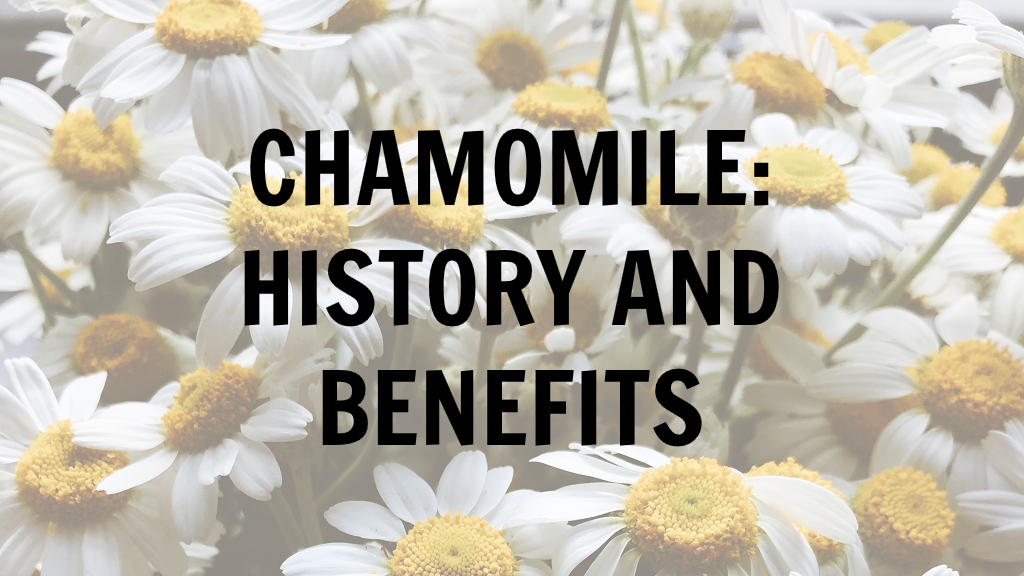Chamomile is a common herb that has been used for centuries for various purposes. It is often used in tea blends, skincare products, and aromatherapy due to its pleasant scent and soothing properties.
The herb is native to Europe, Asia, and North Africa and belongs to the daisy family. Chamomile has a pleasant, floral aroma and a slightly sweet taste, which makes it a popular choice for herbal tea.
Chamomile is a daisy-like flowering plant that belongs to the Asteraceae family. There are two main types of chamomile: German chamomile (Matricaria chamomilla) and Roman chamomile (Chamaemelum nobile). Both types of chamomile have similar benefits and are used interchangeably in herbal remedies.
The chamomile flower itself is made up of several layers of petals that surround a yellow center. The petals are white with a yellowish discoloration at the base, and they have a characteristic sweet, apple-like scent. Chamomile flowers are typically harvested when they are fully open, and they can be used fresh or dried for various purposes.
Humans have been using chamomile for thousands of years. Chamomile has a rich history that dates back to ancient Egypt, where it was used for medicinal purposes, as well as in cosmetics and embalming. The ancient Greeks and Romans also used chamomile as an herbal remedy and as a flavoring agent in beverages. Chamomile was also widely used in traditional remedy in Europe and Asia, and it continues to be popular today for its various benefits.
Chamomile contains a variety of active chemical compounds, including terpenoids, flavonoids, and essential oils. These compounds are responsible for chamomile’s many beneficial properties.
Chamomile can be found in various forms, including dried flowers, essential oil, and extract. Chamomile extract is also commonly used as a natural coloring agent in food and cosmetics.
Furthermore, chamomile has been used for its calming properties, which can help promote relaxation and reduce stress.
In summary, chamomile is a versatile herb that has many potential uses and benefits. Its pleasant aroma, and soothing, relaxing properties make it a popular ingredient in many products.

This article offers a fascinating perspective on the subject. The depth of research and clarity in presentation make it a valuable read for anyone interested in this topic. It’s refreshing to see such well-articulated insights that not only inform but also provoke thoughtful discussion. I particularly appreciated the way the author connected various aspects to provide a comprehensive understanding. It’s clear that a lot of effort went into compiling this piece, and it certainly pays off. Looking forward to reading more from this author and hearing other readers’ thoughts. Keep up the excellent work!
Fantastic article! I appreciate how clearly you explained the topic. Your insights are both informative and thought-provoking. I’m curious about your thoughts on the future implications of this. How do you see this evolving over time? Looking forward to more discussions and perspectives from others. Thanks for sharing!
Great article! I appreciate the clear and insightful perspective you’ve shared. It’s fascinating to see how this topic is developing. For those interested in diving deeper, I found an excellent resource that expands on these ideas: check it out here. Looking forward to hearing others’ thoughts and continuing the discussion!
I found this article very enlightening. The author’s arguments were well-structured and thought-provoking. It would be interesting to hear how others interpret these points. Any thoughts?